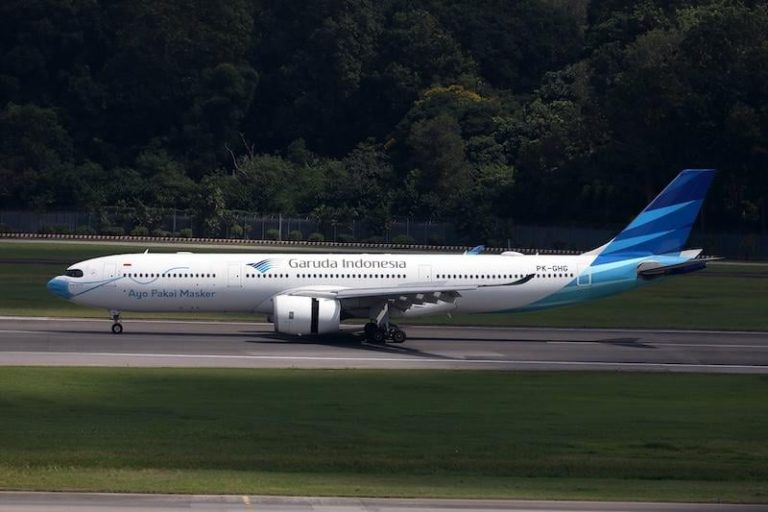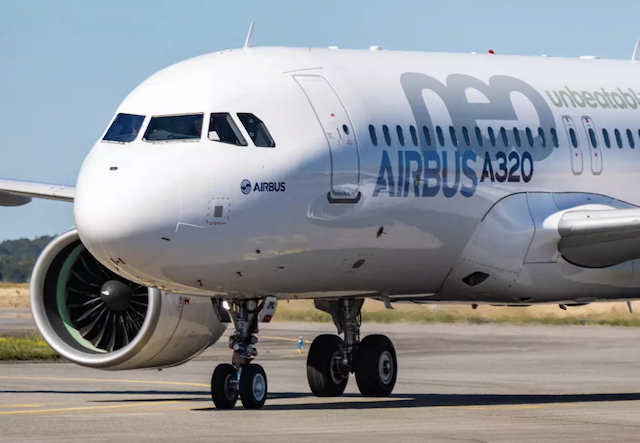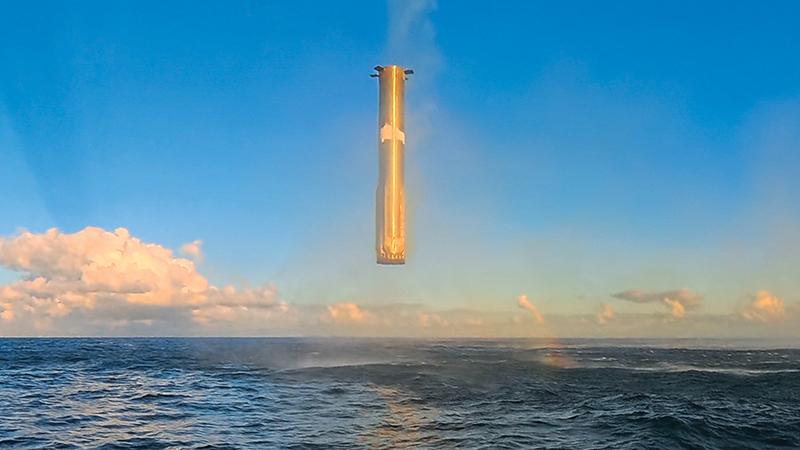Ryanair plans to cut 1.2 million seats, or 10% of its capacity, across regional Spain for the summer 2026 season and will end all flights to and from Asturias Airport, escalating its dispute with airport operator Aena over what it calls “uncompetitive” fee increases.
The move follows similar reductions for winter 2025-26, when the Irish ULCC announced it would cut more than 1 million seats, close its Santiago base and withdraw from several smaller markets. The carrier says its latest decision reflects the Spanish government’s “failure to stop Aena’s monopoly fee increases” and to reverse “illegal bag fines” imposed by Consumer Minister Pablo Bustinduy.
“Aena and its major shareholder, the Spanish government, continue to harm regional traffic growth, tourism and jobs in Spain through high airport fees and unjustified price increases,” Ryanair Group CEO Michael O’Leary says. He adds that the operator “should be lowering airport fees at underused regional airports, but instead they plan to increase them by 7%, the highest fee increase for over a decade.”
Ryanair claims it presented two growth plans to Aena and the government that could have increased passenger traffic by 40% by 2030 to 77 million annually, but the proposals were ignored. For the summer 2026 season, the airline says it will shift capacity from smaller regional airports to larger Spanish hubs such as Madrid, Barcelona, Palma de Mallorca and Malaga, as well as to markets in Italy, Morocco, Croatia, Sweden and Hungary.
Aena has rejected Ryanair’s claims, stressing that Spanish airport charges remain among the most competitive in Europe and that other airlines are filling routes vacated by Ryanair. “The Spanish airport system is very competitive … and, in fact, other companies are occupying the routes that this company is leaving,” Aena Executive Vice President Javier Marín says.
Marín adds the increase in charges cited by Ryanair amounts to “approximately €0.30 [$0.35] per passenger,” dismissing the suggestion that higher fees are driving the cuts. Speaking at the V Turespaña Convention in Caceres, he explained that Aena’s pricing is tiered, with smaller regional airports paying far lower rates than major hubs. “It should be clarified that the rates of small airports are not the same as those of large airports. The opposite is often repeated, but this is not the case,” he says.
Marín described Spain’s airport system as “a solidarity system” in which larger airports subsidize smaller ones, ensuring national connectivity even when some airports operate below cost. “The world is not reduced to a single company,” he says. “We have an extensive airport network, with low operating costs, additional incentives to grow and companies interested in taking advantage of it.”
Ryanair remains Spain’s largest carrier, accounting for about 22% of capacity in summer 2025, according to OAG Schedules Analyser data. The airline operated from 25 Spanish airports and served 758 routes during the season.
In Asturias—where Ryanair plans to suspend flights—it held a 6.3% market share in summer 2025 and was the sole operator on routes to Dusseldorf, Brussels Charleroi and Rome Fiumicino.
Ryanair has also announced capacity reductions in Tallinn, Estonia, cutting 40% of its winter 2025-26 schedule, and confirmed zero growth in Lithuania for the same period, both of which it attributed to rising airport access costs.













